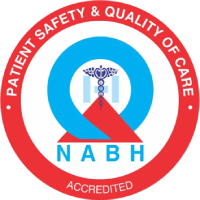Holter Study

What is a Holter Study ?
A Holter monitor is a portable device, akin to an ambulatory electrocardiogram, that continuously records your heart’s rhythm and rate activity, providing your healthcare provider with a comprehensive view of your heart’s behavior throughout your daily life.
Key features of the Holter monitor include:
- Compact size, similar to that of a cellphone.
- Battery-operated functionality.
- Equipped with wires and electrodes (small patches) that adhere to your skin.
Who needs a Holter monitor?
You might require a Holter monitor if your electrocardiogram (ECG or EKG), a heart test, yielded inconclusive results, indicating unclear findings.
You may have visited your doctor due to symptoms suggestive of a heart rhythm issue, such as rapid or irregular heartbeat, or unexplained fainting episodes. Your healthcare provider opted for an EKG to diagnose the problem. However, EKGs only capture heart activity for a brief period, and symptoms may not occur during your office visit.
What should I expect when wearing the Holter monitor?
Attach the electrodes: The technician affixes small, round, sticky patches called electrodes to your chest. In some cases, they may need to shave your chest to ensure proper adhesion of the electrodes.
Place the monitor: You’ll be assisted in wearing the monitor and connecting it to the electrodes. The technician will provide instructions on how to care for the monitor.
Store the monitor: You can carry the heart monitor in a pocket, bag, or wear it on a strap, similar to a purse or around your waist.
Go about your day: You can engage in your usual activities while wearing the monitor.
Keep an activity and symptom diary: The technician will explain how to maintain a record of your activities and any symptoms experienced. It’s essential to note symptoms such as shortness of breath, irregular heartbeats, or chest pain.

